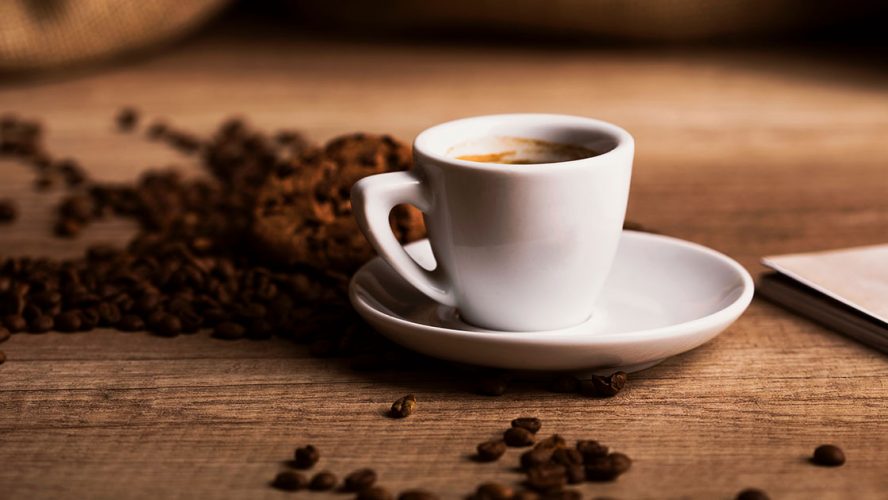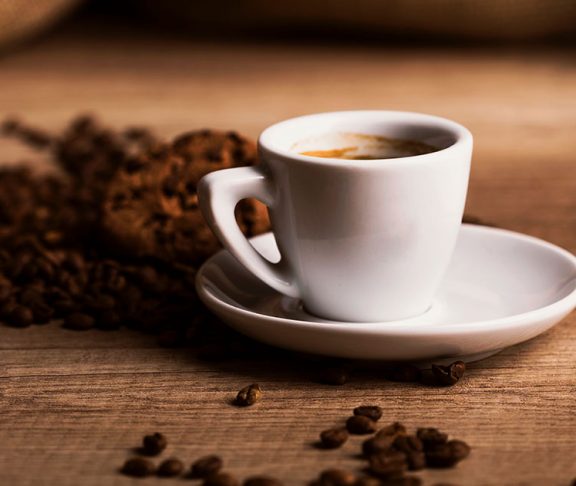
Cynthia Shanks
Senior Director of Communications and Sustainability at Keurig Dr Pepper Canada
Keurig Dr Pepper Canada’s commitment to using post consumer recycled materials makes it a company that Canadians are proud to support.
Recycling is important, but when it comes to smart waste management practices and taking steps to ensure longer-term viability for products, it is just the beginning.
“The recyclability of our products is the first stepping stone for a circular economy which means shifting towards a model that optimizes the use of materials and products and keeps them in use for a longer period of time, thus, aiming at reducing or eliminating waste,” says Cynthia Shanks, Senior Director of Communications and Sustainability at Keurig Dr Pepper Canada (KDP Canada).
For KDP Canada, recyclability of our products means rethinking how they are manufactured and packaged. This translates into ensuring that all the packaging is recyclable or compostable and includes post consumer recycled (PCR) materials, with the aim of achieving 30% across their packaging portfolio by 2025.
“In 2018, we transitioned from a multi-layer pod to a cup made entirely from polypropylene, which is a highly desirable material to recyclers,” reveals Shanks. “This allowed us to shift away from the traditional linear ‘take, make, waste’ model to one where we can try to optimize the use of resources.”
KDP worked with various partners in Canada to further its mission. “We’ve worked with the recycling industry, to better understand the recycling landscape,” explains Shanks. Those partners were also instrumental in helping choose the right material to create value in the recycling supply chain. Polypropylene was chosen for its wide acceptance in Canadian recycling programs, its high value for recyclers and its existing, stable end-market – all of which made it the perfect option to become the base material for recyclable K-Cup pods.
KDP created a testing methodology using radio-frequency identification to track the course of its pods through facilities and confirm that the pods are capable of being properly sorted. Twelve tests conducted in North American recycling facilities yielded positive results.
Since the launch of the K-Cup pods made of polypropylene, KDP has worked extensively with recycling stakeholders, stewardship agencies and municipalities to support their official acceptance in blue box programs across the country. As recycling guidelines can differ from one municipality to another, consumers should verify whether they can recycle their coffee pods locally. “We have made a lot of progress over the past few years, but we know from experience that recycling facilities are all different. This is why we invite consumers to check with their local municipality to confirm K-Cup pod acceptance”, adds Shanks.
KDP is unique in that it manufactures not only coffee pods but coffee brewers, too. KDP has embarked on a journey with a Canadian plastic processor, Lavergne, who supplies the high-quality recycled plastic used in Keurig coffee makers.
“Last year, we launched a coffee maker made with 30 percent post consumer recycled (PCR) plastic,” says Shanks. “In 2022, we will raise the bar to 50% in certain models and expand the use of PCR to other coffee makers.” The use of recycled plastic in the K-Mini family of brewers allowed KDP to avoid the use of one million pounds of virgin plastic since 2020.



